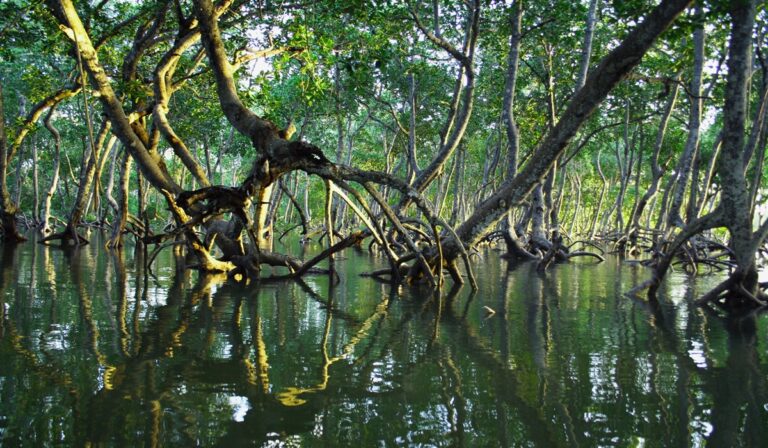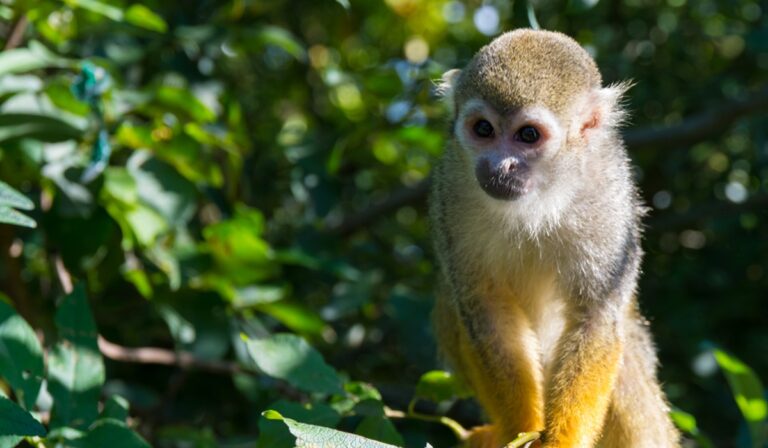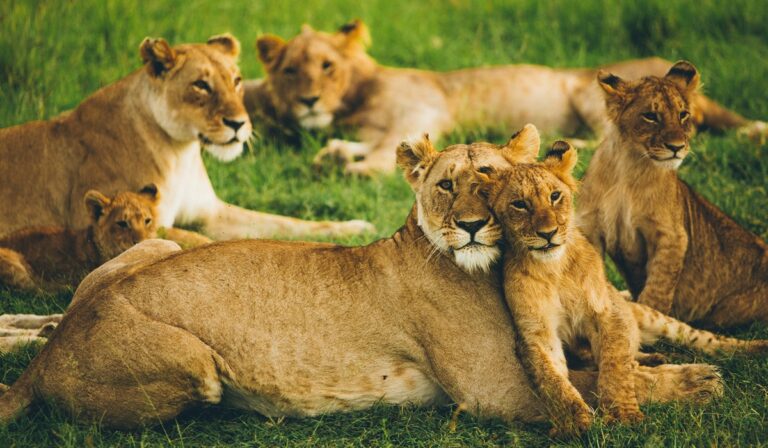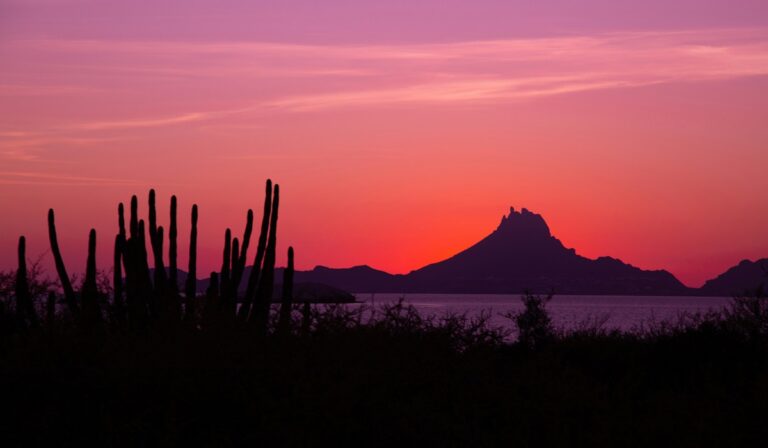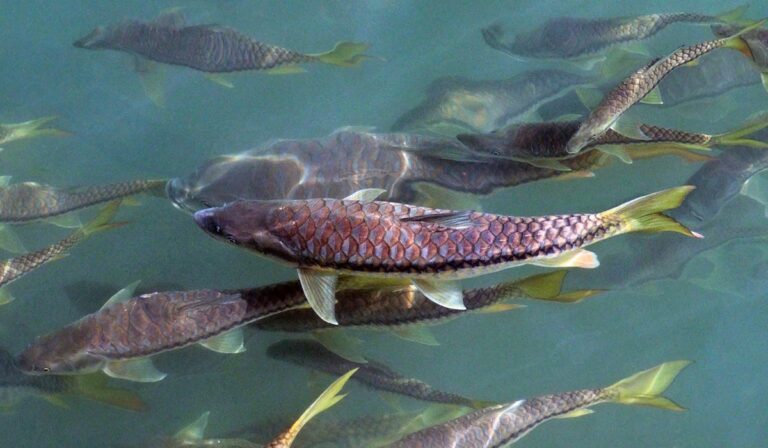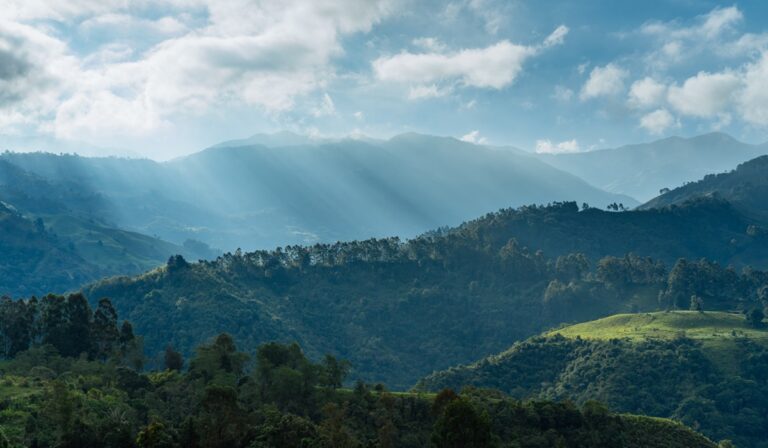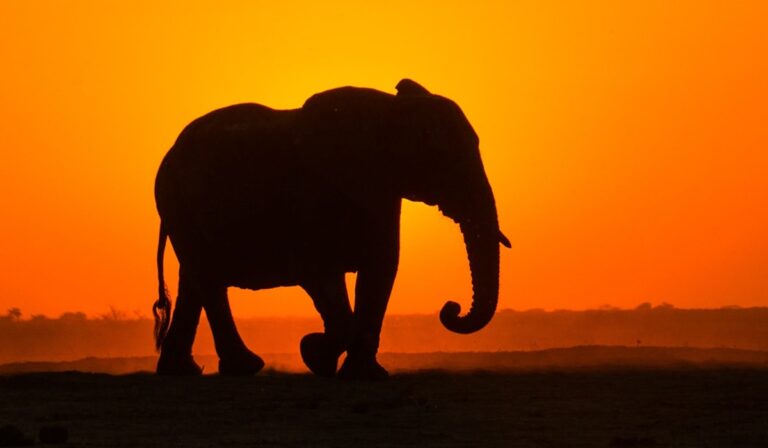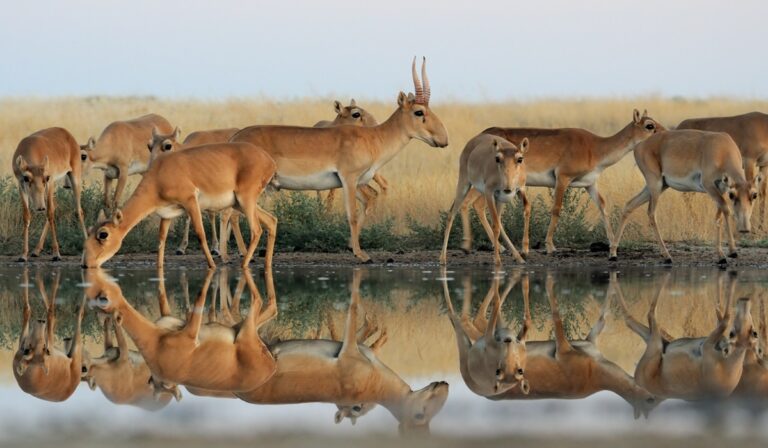Pakistan has expanded mangroves nearly threefold between 1986 and 2020
Around the world, mangrove forests have undergone a decades-long decline that’s just now slowing to a halt. But Pakistan bucks this trend. The country’s mangroves expanded from 48,331 hectares in 1986 to 143,930 hectares in 2020, according to a 2022 analysis of satellite data. Many in Pakistan are looking to mangroves to bolster precious fish stocks and defend against the mounting effects of climate change.
Pakistan has expanded mangroves nearly threefold between 1986 and 2020 Read more

